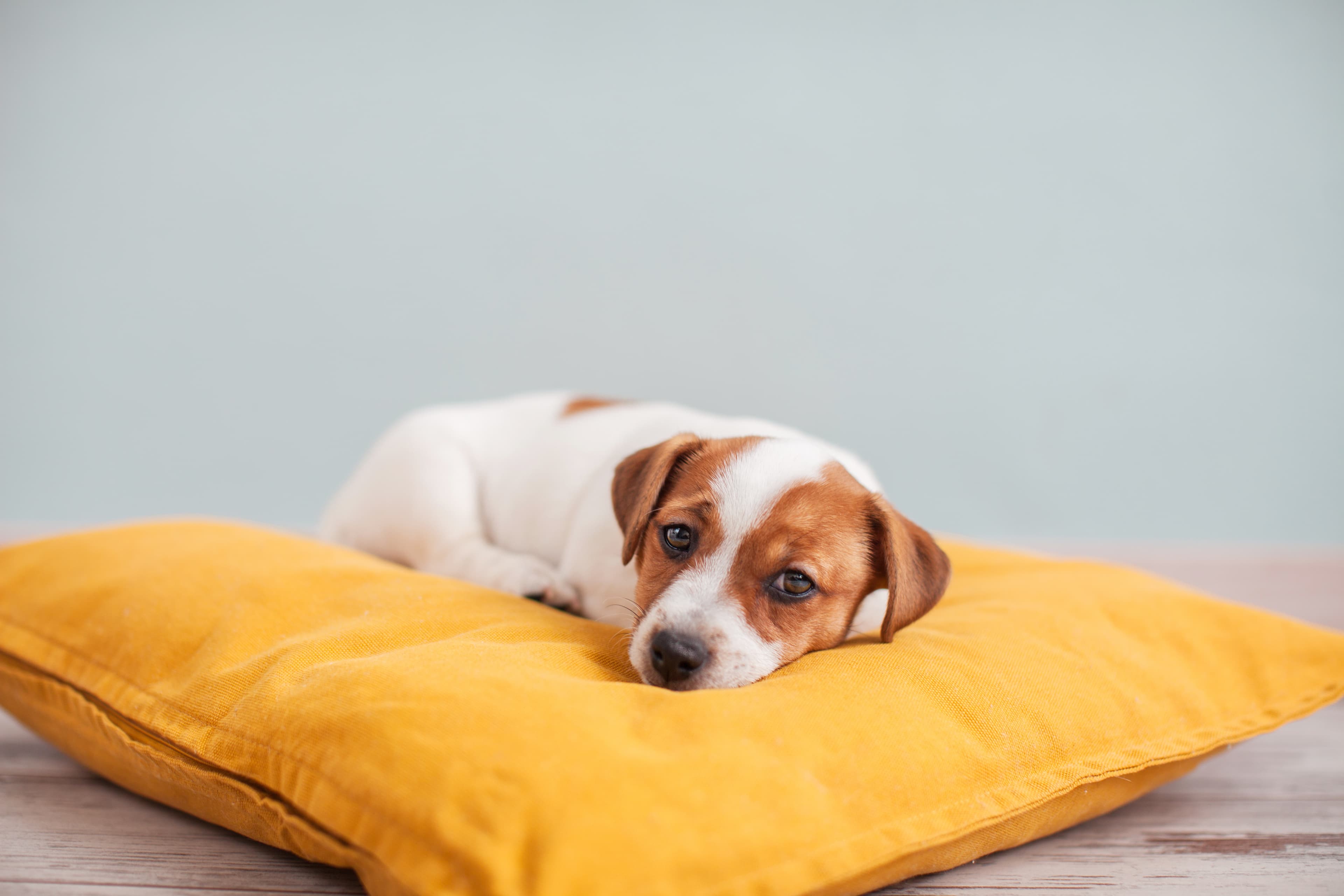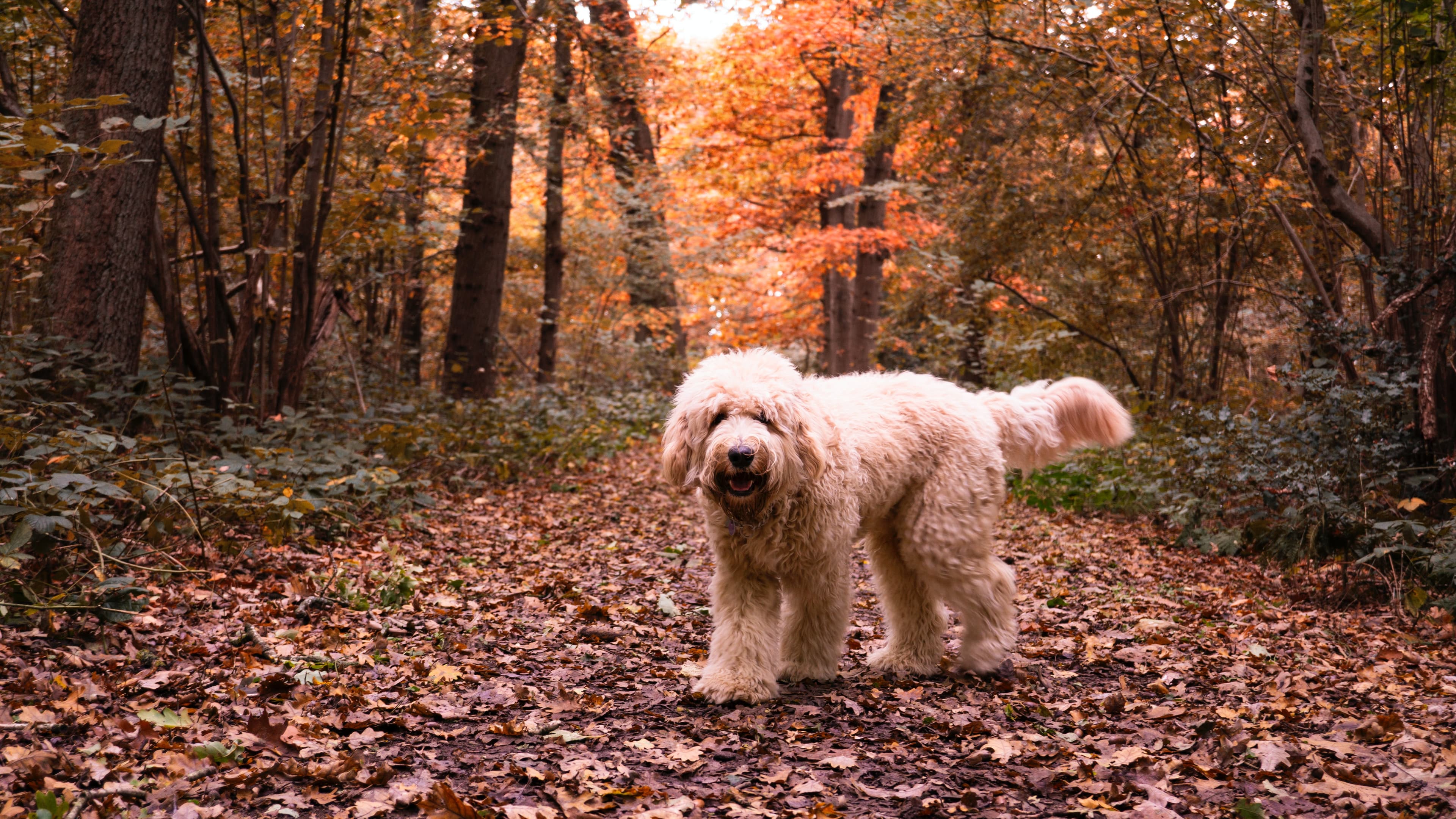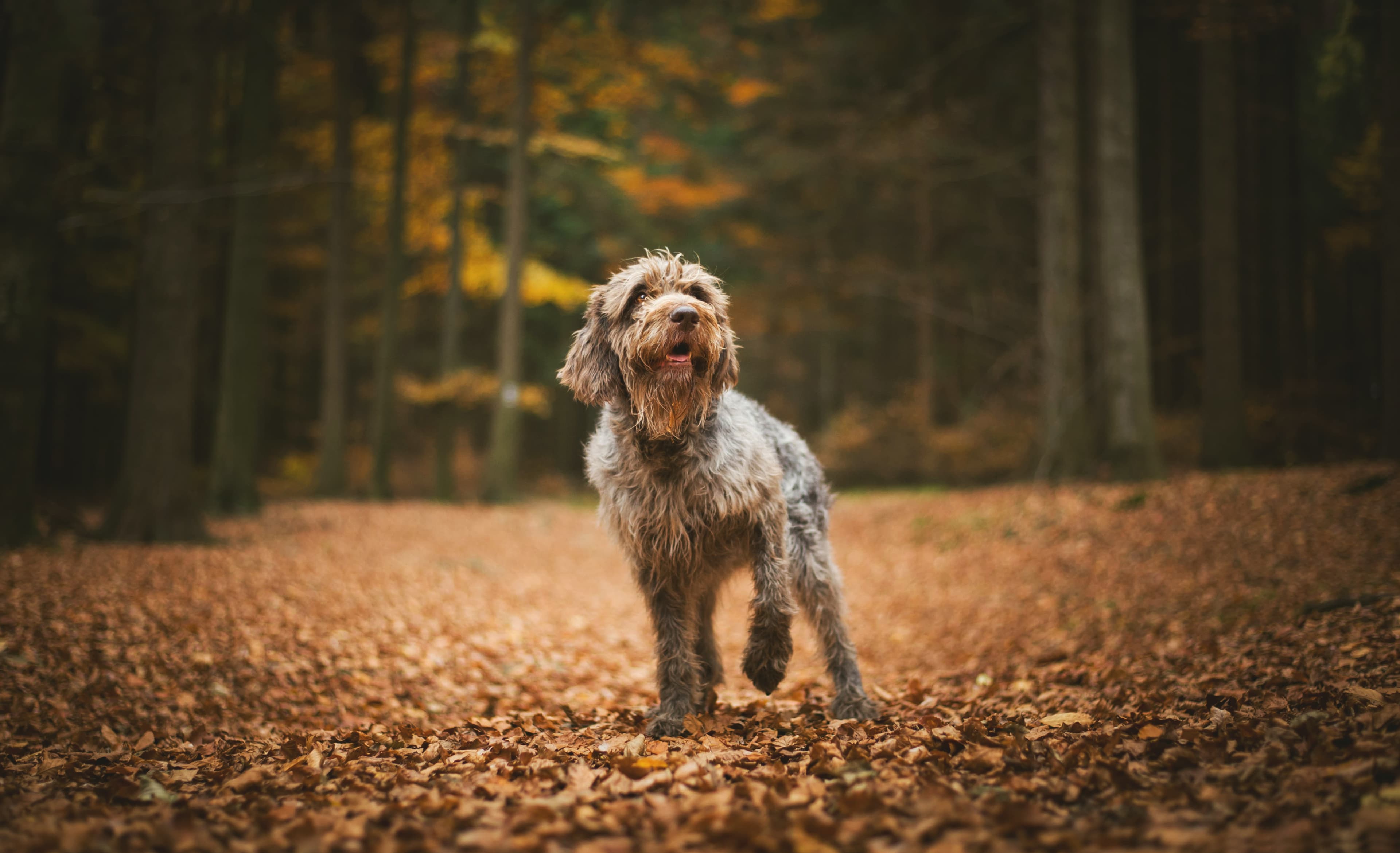Teach your dog to offer calm behaviours
For dogs that like to eat objects or wreak havoc in the home, the best tools are to have strategies in place that simply make it impossible for the dog to perform the behaviour. Using these types of strategies in combination with training and rewarding for calm behaviours can go a long way. In this article, we'll review the strategies you can use at home and how to best help your dog stay calm and at ease indoors.
Strategies to avoid problem behaviours
When we talk about strategies around problem behaviours, we are simply talking about making it impossible for the dog to perform the behaviour. Below are three simple strategies to use in your everyday life.
Set aside an area in your home where your dog won't be able to find things to chew on or bite. You can do this both when you can't keep an eye on your dog and when you're at home. Dogs do not always have to be present and have access to every part of a home. It may even cause your dog to experience too high a stress level if it is not confined to a smaller area of the home. But this is of course individual and you should look at your dog's needs. Something to consider is giving your dog the opportunity to chew on chew bones or have toys to chew on inside the enclosure.
Teach your dog his place on the bed
Teaching your dog to lie on the bed and stay there until you give it another task is a smart way to prevent a range of problem behaviours. Here's a video that gives you the first steps to teaching your dog to go to his bed. Extend this training gradually and remember that the bed should always be a positive place for your dog to rest. Not a punishment. The goal is simply for your dog to choose the bed when it needs it.
Remove anything that could be dangerous
It's important to remove items that may be tempting for your dog to eat. Especially when you are not able to keep an eye on your dog. Items that can often slip into the gastrointestinal tract that can cause problems include socks, underwear, sticks and pieces of wood, small dog toys, pieces of plastic from packaging, cords, and more. Think about what you have in your home that could do harm if your dog ingests it and prevent it before the damage is done.
Calm dogs perform fewer problem behaviours
In fact, a calm and harmonious dog does not perform problem behaviours to the same extent. And this is something we can teach our dogs! Based on a three-step model, we can teach and reward dogs for calm behaviours when they are indoors. Below is an explanation of how this three-step model works.
The three-step model for calmer dogs is about creating a daily routine where you alternate between three different types of activity to elicit calm behaviours. We simply want the dog to offer calm behaviours while indoors, both through training and rewarding calm behavioural needs. Join us! It's easy to adapt your everyday life around this model :)
1. Passive activity
Passive activity means that we give the dog the opportunity to perform its behavioural needs in a calm and harmonious way. This is not about training at full speed, but helping the dog into calmer behaviours. Give your dog the opportunity to chew on chew bones, nibble on hidden treats, lick up treats on a LickinMat or in a frozen Kong, every day. Evaluate your dog's behaviors along the way and find the activities where you find your dog keeps calm. What the dog practices, it gets good at! In this article you have more options on ways to enrich your dog's behavioural needs.
2. Active rest
In this part of the model, you give your dog the opportunity for total rest. The idea is to take away many of the dog's choices and make it all about rest. This could be by locking the dog in one of your rooms where the dog enjoys, setting up a grid pen or placing the dog on a dog bed where it has been trained to rest until you signal it to leave the bed. The goal of bed training is to make the dog want to be there and rest on its own, so always make sure to turn that training into something positive.
3. Calm rewards
Make sure to always give your dog calm rewards when you want the dog to be calm. This could mean slowly delivering a treat on the bed or calmly giving it a chew to chew on and then not going into overdrive yourself which can affect the dog. You can also use this part of the model as a way of spontaneously rewarding the dog's calm behaviours. If the dog is resting on his bed or on the couch, deliver a treat that the dog barely notices. The more we can teach the dog that calm provides opportunities for positive things, the more the dog will offer calm behaviors.
Think about what other situations look like in your everyday life. Rewards are everywhere and can include going out into the garden, getting scratched, greeting a guest or getting a chew. All the rewards your dog gets in everyday life can be easily linked to calm behaviour. So make sure you offer these rewards when your dog is showing calm behaviours and not excited or stressed behaviours.






